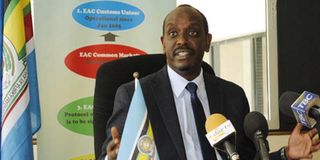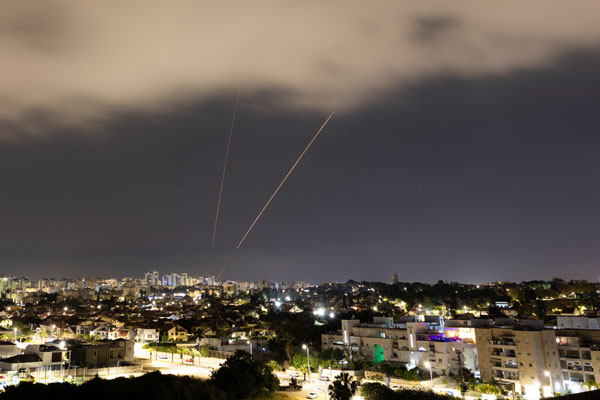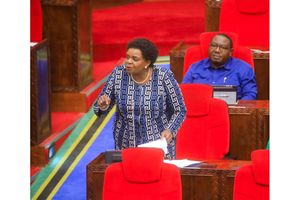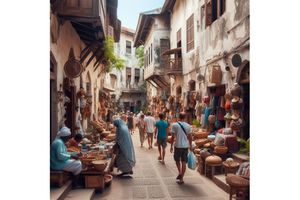The inequality paradox facing resource rich bloc

The Secretary General of East African Community Dr. Richard Sezibera. PHOTO | FILE
What you need to know:
- According the report titled ‘One People, One Destiny: the future of Inequality in East Africa’, 10 per cent of the EAC population is the richest, while 40 per cent are languishing in poverty level that matches the war-torn Democratic Republic of Congo and Somalia.
Dar es Salaam. Despite being rich in terms of natural resources, the East African Community, a home to about 134 million is still the poorest in the world with the gap between the haves and the have-nots continuing to widen further.
According the report titled ‘One People, One Destiny: the future of Inequality in East Africa’, 10 per cent of the EAC population is the richest, while 40 per cent are languishing in poverty level that matches the war-torn Democratic Republic of Congo and Somalia.
The State of East Africa Report 2013 launched on Friday anticipates improvement in the quality of life of East Africans through attainment of sustainable growth by promotion of a balanced and harmonious development.
According to a statement of the East African Legislative Assembly (Eala), the report launched by Society for International Development (SID), suggests equal distribution of benefits and commitment to people- centred and market driven competition as envisaged by the EAC Treaty.
The One People, One Destiny report shows trends in the last two decades pointing to declining inequalities in the republics of Rwanda and Burundi.
It notes that the gap between the rich and poor was expanding in Kenya and Tanzania while Uganda has kept stable.
“On malnutrition, 42 per cent of the region’s 24 million under-five children were stunted in 2010. The Report, however, states that the region achieved the global target of 100 per cent gross enrolment at primary school level,” reads part of the Eala statement.
It paints a fairly good picture of the EAC’s economy, stating that it recorded an impressive growth rate trend of 6 per cent in 2011 and a GDP of $83 billion.
However, corruption, the report maintains, continues to blight the landscape of East Africa’s important institutions, including those responsible for security and justice.
Speaking at the launch of the report, the Speaker of Eala, Ms Margaret Nantongo Zziwa, called on the region to seek solutions to the existing inequalities as a pre-cursor to progress and the achievement of the Millennium Development Goals (MDGs), saying the EAC needed a stronger social economic fibber.
“Seven out of the ten persons you see walking out there on the streets are jobless, while another 6 out of 10 live in informal settlements. The largest population, the youth, constitute about 8 out of 10 persons and their age range is below 30 years. Many are jobless and live below a dollar a day. This is a trend that needs to change,” Ms Zziwa said.
The Speaker called on stakeholders to join in the task of securing an economic future of East Africa.
Headquartered in Rome, Italy, SID is an international network of individuals and organisations founded in 1957 to promote social justice and foster democratic participation in the development process.
Through locally driven programmes and activities, SID which has over 30 chapters and 3,000 members in more than 50 countries, strengthens collective empowerment, facilitates dialogue and knowledge sharing on people-centred development strategies and promotes policy change towards inclusiveness, equity and sustainability.



